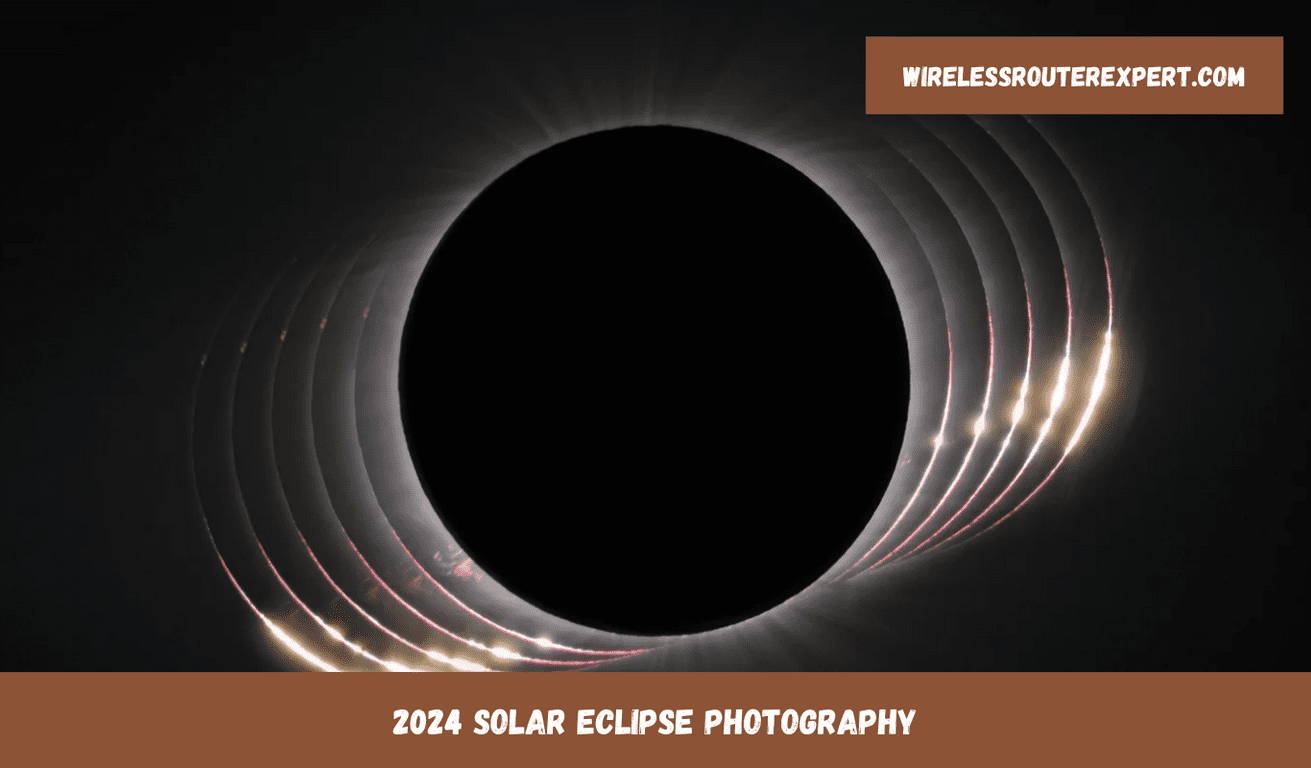NASA has offered some invaluable advice to photographers looking to document this rare celestial event through photography; here is everything you need to know in order to take breathtaking eclipse photographs, from professional cameras or your smartphone! Here’s everything you need for the ideal eclipse shot, whether that means using professional gear like DSLR or just trusty smartphones!
Prioritize Safety: The Essential Eclipse Filter
Safety should always come first when photographing an eclipse, particularly from direct observation or with direct camera pointing at it. Direct viewing or camera-point at the sun without proper protection can result in irreparable eye and camera damage; just like your eyes require eclipse glasses during partial phases, a solar filter shielding your sensor from harmful sunrays should protect it safely throughout its entirety. However, as soon as totality arrives with breathtaking coronal blooming moments visible below, then safely remove this filter in those instances!
Smartphone Mastery: Stellar Photos with Simple Tech
For those worried that high-end equipment is a prerequisite for eclipse photography, NASA brings good news. A smartphone, in the right hands, is more than capable of capturing the eclipse’s awe-inspiring beauty. It’s all about the perspective and the scene you choose to frame. While you may not zoom in on the celestial phenomenon, the changing ambient light and its effects create a unique photographic playground. From the eerie shadows at the height of the eclipse to the patterned light through the foliage, these moments offer a different, yet equally captivating, narrative.
The Bigger Picture: Telling a Story Beyond the Sun
An eclipse is a communal experience, a moment of shared wonder and excitement. Capturing the human element – the collective anticipation, the expressions of astonishment – adds depth and emotion to your photographs. Scenes of onlookers, enraptured by the spectacle, add a powerful narrative layer to your imagery. These candid shots of friends and strangers alike, with their gazes turned skyward, serve as poignant reminders of the event’s impact.
Preparation is Key: Know Your Equipment
The eclipse waits for no one, and familiarity with your camera will pay dividends. For smartphone photographers, understanding how to manually adjust exposure settings is crucial. The lighting conditions will change dramatically, and the ability to swiftly adapt will ensure clarity and detail in your photographs. Practice sessions devoted to manual focusing and exposure adjustments will make all the difference when the moment arrives.
Dialing in the Details: Smartphone Settings for Success
Experimentation is your friend in the lead-up to the eclipse. Playing with exposures to discover the ideal balance for photographing the partially eclipsed sun is essential. Starting with an aperture between f/8 and f/16 and shutter speeds ranging from 1/1000 to 1/4 second is advisable. For the moments of totality, a similar aperture with a broader range of exposures will capture the corona’s intricate details.
Sharing the Wonder: The Aftermath
Once the celestial dance concludes, the sharing begins. Photos of the eclipse, each with its unique perspective and story, are meant to be shared. Tagging @NASA on your social media platforms not only connects you with a global community of enthusiasts but also offers the chance to have your work featured. However, amidst the excitement of capturing the eclipse, remember to take a moment to witness it directly (with your eclipse glasses on, of course). These experiences, both seen and photographed, are what will linger long after the event itself.
The 2024 solar eclipse presents a rare photographic opportunity, one that invites both seasoned photographers and casual observers to document a moment of universal wonder. With NASA’s guidelines in hand and a sprinkle of creativity, anyone can transform a simple snapshot into a lasting memory of this extraordinary event.





